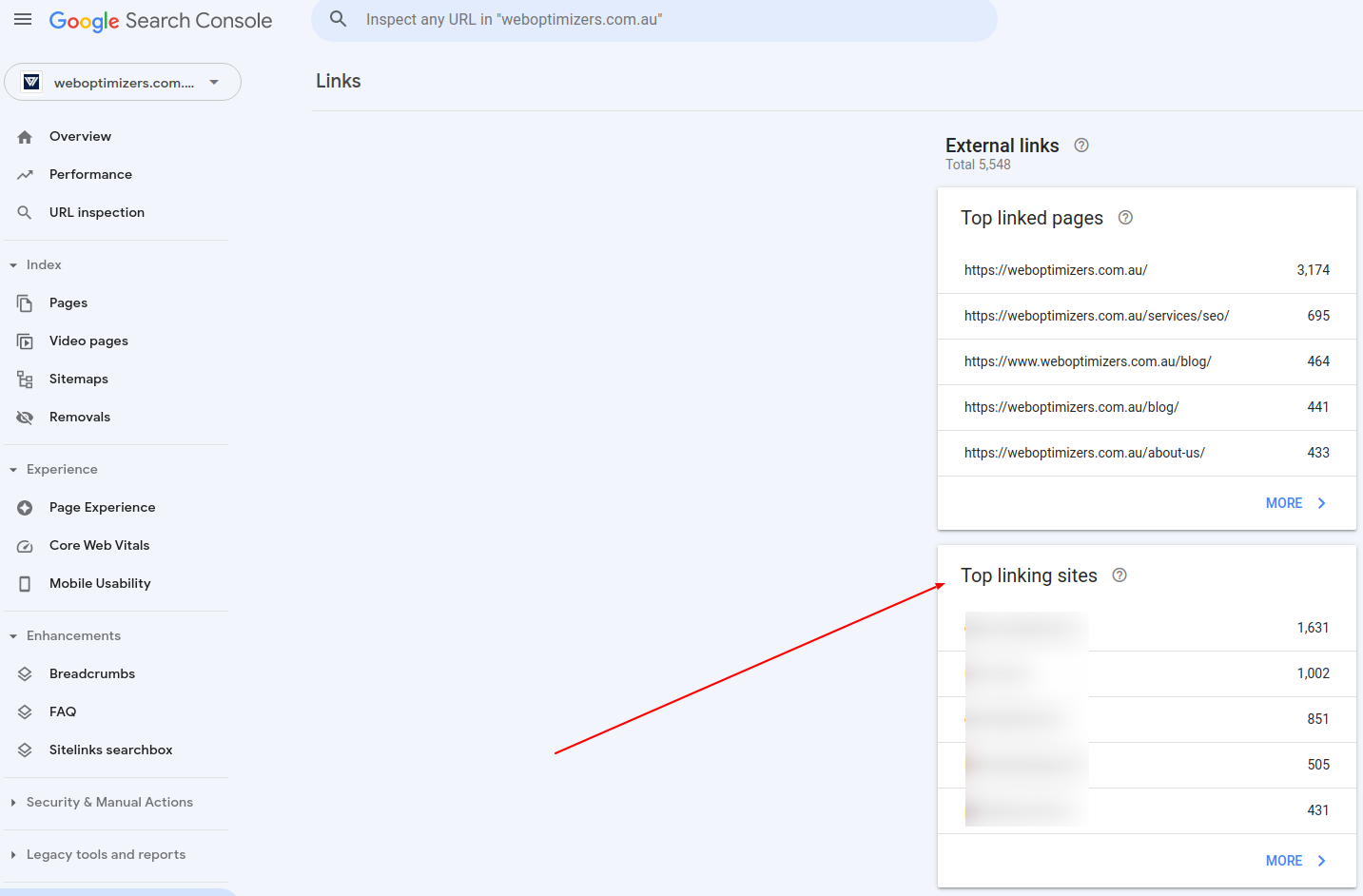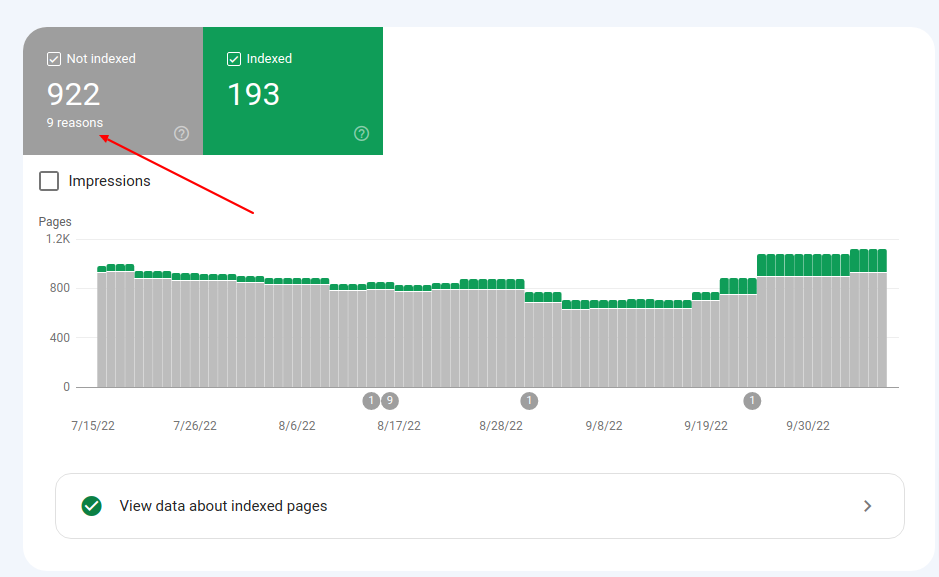Well-defined SEO metrics can help improve the SEO and organic traffic to the site.
How do you then determine the success of your SEO campaigns ? We discuss 15 metrics to track long term.
Organic Traffic Growth
Even though checking the amount of traffic coming to your site is not enough to check for search engine optimisation performance, it is still one great way to determine how you are fairing in regards of search engine optimisation.

You can track organic traffic by going to the Google Analytics by logging into the dashboard.
Then you must click the “Add Segment” link which is located in the default audience overview.
Go to “Organic Traffic” and click on “Apply” to see the total traffic’s percentage of your organic traffic.
You can check the organic traffic growth also by the landing page and by the location.
In GA4, you can do this by
Explore > Template Gallery > User Acquisition report > Click on Medium at the top.

Links
Backlinks are still a significant factor when it comes to how you are ranking on search engines.
The more backlinks you have on high authority domains, the better your organic rankings are.
You can track your backlinks by going to your Google Search Console to click on your site’s name.
Then navigate to “Search Traffic” and then go to “Links to Your Site” that will show the latest links.

Domain Authority (DA)
Higher domain authority implies higher domain trustworthiness.
Keyword Rankings
To determine how effective your campaign is, you can track keywords.
Being a default featured in Agency Analytics, you can track keywords in this tool. You must add your target keywords when creating a new campaign.
Then, you must go to “SEO”, and then “Rankings” to check on your rankings on various search engines. The ranking URL, ranking trends, and target keyword rankings can also be shown when you scroll down.
Bounce Rate By Page
Bounce rate is the percentage of visitors on your site who left it by clicking on the back button on the browser or who left it without clicking a link.
Head to Google Analytics > Acquisition > Source/Medium > Bounce Rate
Returning Visitors
Returning visitors demonstrate loyalty and a higher brand awareness.
Measuring returning visitors helps you measure reach of your content campaigns.
Page Load Times
The speed of the site also determines the search rankings. You can measure the loading times of your page by looking at the technology report in Google Analytics (GA4).
Mobile Speed
Mobile speed is important for SEO because now the Google default crawler is Google Smartphone Bot.
You can get insights into experience via Google Search Console.
You can also get mobile speed report by running lighthouse report in your Chrome browser.
- Download Google Chrome for Desktop.
- In Google Chrome, go to the URL you want to audit. You can audit any URL on the web.
- Open Chrome DevTools.
- Click the Lighthouse tab.
- Click Analyze page load. DevTools shows you a list of audit categories. Leave them all enabled.
- Click Run audit. After 30 to 60 seconds, Lighthouse gives you a report on the page.
Mobile Vs Desktop Traffic
Approximately 60%+ of searches are on mobile devices.
For one, voice only searches include 20% of mobile searches. Also, mobile searches typically use fewer keywords than desktop searches.
Crawl Errors

Crawl errors come from a site having issues with structure or template.
Google has to be able to read a website in order to be able to rank it, so it’s vital to keep an eye on your total crawl errors and fix them.
You don’t have to track this on a constant basis, but you can check on it periodically by going to search console to check the status of the index.
Crawl Stats inc. Pages Crawled per Day
The Google Search Console displays the number of pages crawled every day in the last 90 days.
Head to Google Search Console > Settings >Crawl Stats > Open Report

Brand Search Growth
When just starting out, you want to see how you are doing with getting your product/service out to the public in awareness.
To track on how your brand search is growing or maintaining (if it’s already at a top level), you must check your search query report on Google Search Console.
Direct Traffic Growth
Many focus on the organic traffic but not direct traffic.
However, direct traffic is just as crucial as organic traffic because it is when visitors will go directly to your site by typing it in.
And with the increase in browser security and encrypted search, much more search traffic is accounted for direct traffic in analytics due to the HTTP referrer data not being passed on, especially on mobile devices.
If there is an increase in direct traffic, you must check to determine whether or not the same trend is occurring with organic traffic.
You also can see if the mobile usage has reduced since many mobile browsers today don’t pass the HTTP referrer data.
There will also be a decrease in direct traffic if you recently started UTM tagging of other marketing channels as well.
So, check to see if there is a reduction in brand awareness which can cause a decline in direct traffic as well as marketing activities in other channels.
You must also ensure that your total UTM tagging is appropriately set up, check to see if the mobile device usage is increased and check to see if marketing activities from other channels have increased.
Top Exit Pages
Exit pages measure the last page visitors visit before they leave the site.
Tracking the top exit pages is critical because these pages could be a problem or have some reason why there could be lower engagement.
Local Visibility
For businesses that have at least one physical locations that local customers can visit, keeping track of your local visibility is very important.
To do this, you must ensure your site is appearing in local keywords.
If your business isn’t showing up when customers type the name of your city or town and the name of your industry, then it’s time to optimise for local.
You can track local performance in GMB.
Business Revenue Growth
Business revenue growth is important for an obvious reason, but it’s also crucial because marketers who struggle with revenue-impact data will find it even more challenging to earn budget increases and secure future funding.
For one, you can highlight the effectiveness of your content marketing to show the visibility by checking on how well your content is performing in the organic search.
Even though visibility doesn’t directly correlate to the equal amount of revenue, it does have some bearing. Furthermore, no visibility undoubtedly means no revenue.
To further show possibly skeptical executives the importance of visibility in relation to revenue, you should take more steps connecting the relevancy of visibility to additional valued SEO metrics.
This can be done by correlating sales trends with content metrics and then comparing top-performing content with trends in closed deals or sales-ready leads.
They should be able to see the correlations between lead conversions and content.
Even though this correlation doesn’t proof 100% of this result, it does provide a stronger argument than an increased visibility metric that is isolated.
